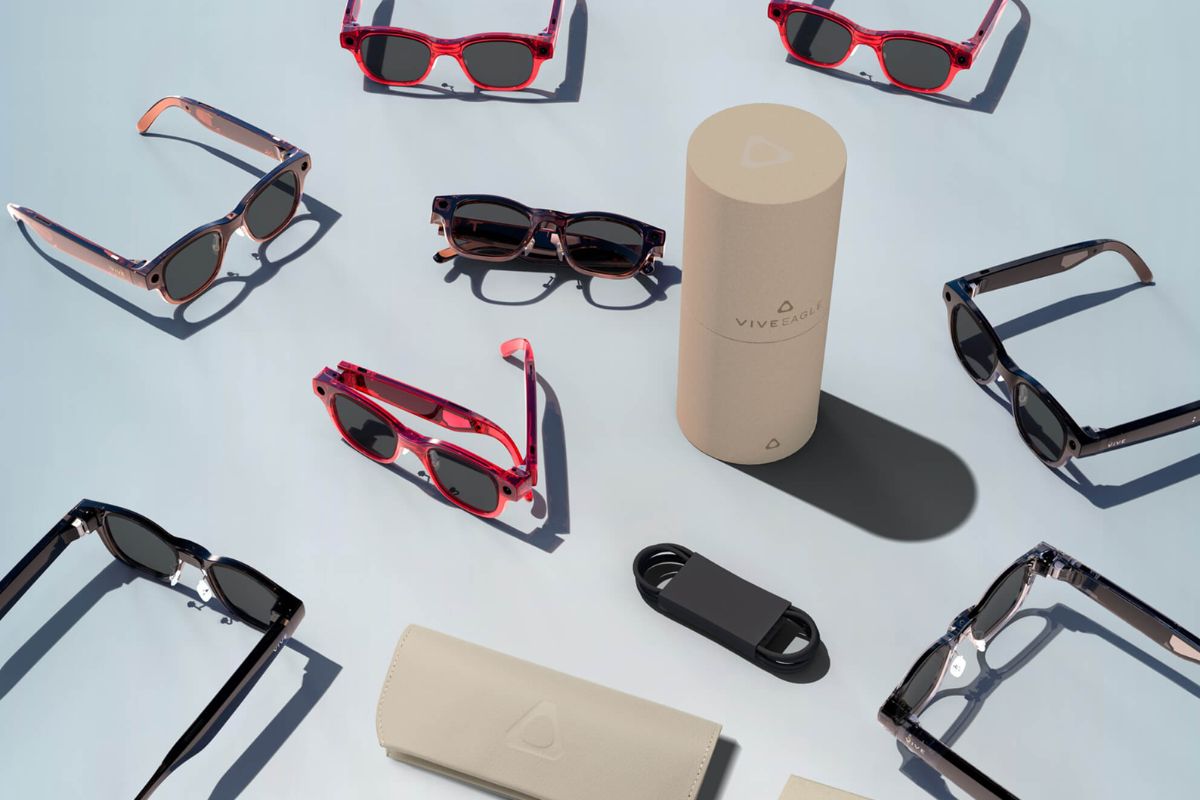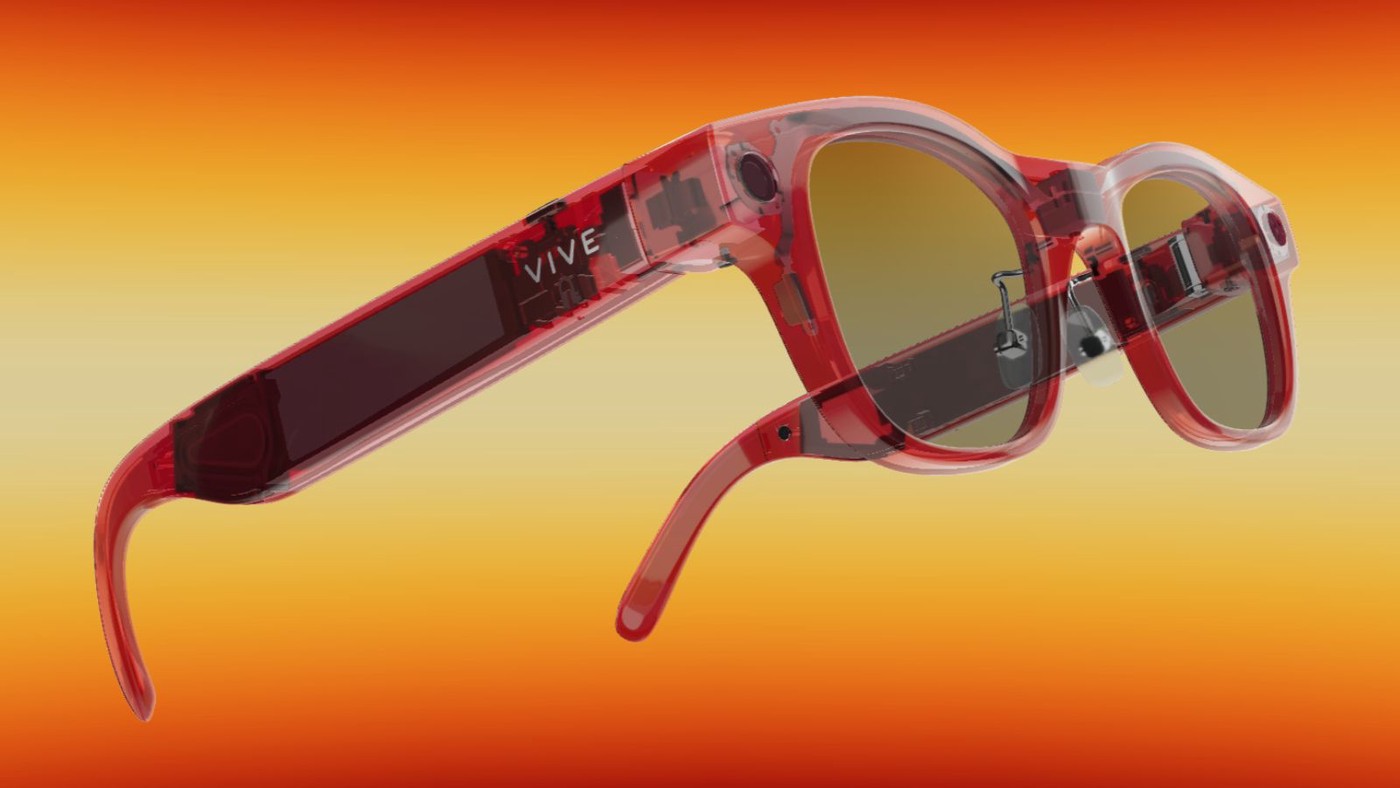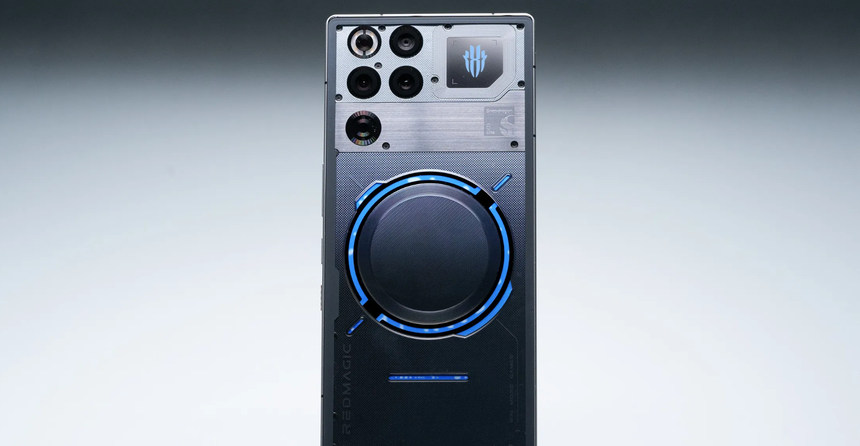HTC has officially stepped into the world of AI-powered smart eyewear with the launch of the HTC Vive Eagle. This new wearable marks the company’s first venture into display-free AI smart glasses, blending fashion with cutting-edge technology. Designed to work seamlessly with AI assistants, the Vive Eagle offers an impressive mix of style, performance, and intelligent features that could change how users interact with technology on the go.

The Vive Eagle is available in Taiwan for now, priced at around Rs. 45,500. Customers can try and purchase the device at 2020EYEhaus and select Taiwan Mobile stores. HTC has introduced four colour choices Berry, Black, Coffee, and Grey giving users options that balance modern aesthetics with personal style.
Weighing just 48.8 grams with the lens (and 42.8 grams without), the Vive Eagle adopts a Wayfarer-inspired design that ensures comfort during extended use. Under the hood, it is powered by the Snapdragon AR1 Gen 1 processor, paired with 4GB of RAM and 32GB of onboard storage. This setup drives the built-in AI assistant, which can be powered by either Google’s Gemini or OpenAI’s GPT, with the latter currently available in beta.
Functionality is at the heart of the Vive Eagle’s design. Users can capture photos and videos with its 12-megapixel ultrawide camera, capable of shooting images at a crisp 3024 x 4032 resolution and recording videos in 1512 x 2016 at 30fps. It can also translate signs and images in real time, respond to questions, and play music all controlled through voice commands.

The audio system features two open-ear stereo speakers along with a sophisticated microphone setup that includes one directional and three omnidirectional mics. There’s also an LED indicator that lights up when the camera is in use, ensuring transparency.
Battery life is equally impressive for its size. The 235mAh unit offers over 36 hours of standby time and up to 4.5 hours of continuous music playback. Fast charging is supported via a magnetic cable that delivers a 50 percent charge in just 10 minutes. The device also boasts Wi-Fi 6E and Bluetooth 5.3 connectivity, and its IP54 rating ensures dust and splash resistance.
However, the Vive Eagle does require pairing with a smartphone running at least iOS 17.6 or Android 10. With these capabilities, HTC’s first AI smart glasses seem poised to compete directly with offerings from Meta and other wearable tech brands, potentially ushering in a new wave of practical, everyday AI eyewear.
For more updates on the latest in tech innovation, follow Tech Moves on Instagram and Facebook.










